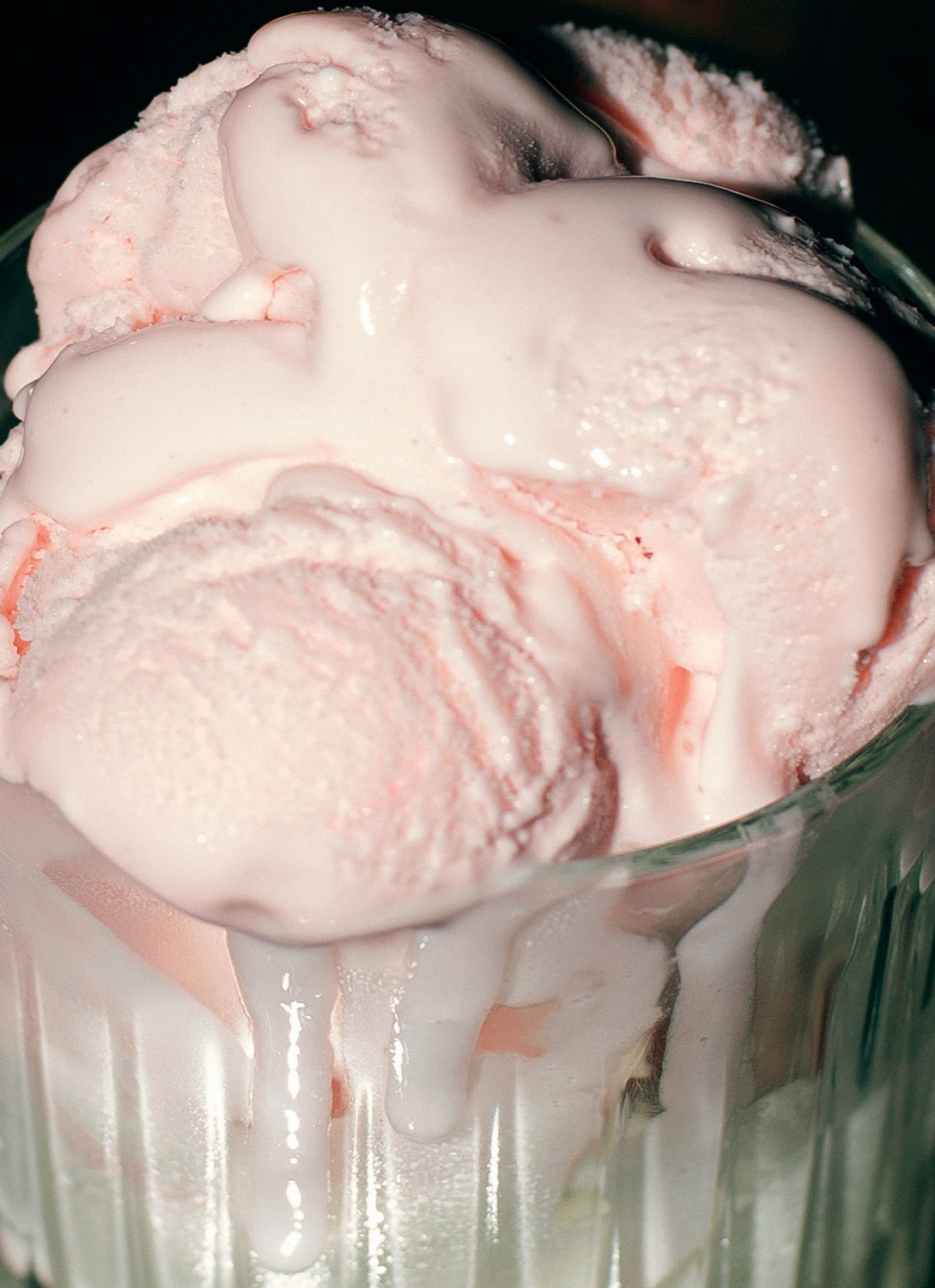There are photographers who greatly value the technical aspect, leaving out the concept. And then there are photographers who have an unmistakable style, whether they do fashion photography or still life, where stand not out the technique, but the power of the idea, the audacity. However, I find it very complicated at this time to emerge in the world of art, so you must make sure you maintain a rigorous style that also fits the job market. The best thing would be to be able to merge one’s art with trends, avoiding the danger of becoming homologated with the mass, risking to go unnoticed. But this is by no means simple.
Some visual contemporary artists you are inspired by?
Alex Prager and Gregory Crewdson, because I believe they perfectly represent the dramas of our generation. And that’s why they generate a very high level of interest, at least in my head. Because they are able to represent the narration of everyday life, combining a great emotional component with surreal and disturbing scenarios. They manage to communicate through a contemporary language that is absolutely simple, because familiar. In general, cinema is my first source of inspiration, from the visual intensity of the Coen brothers and Wim Wenders, to the rigour of perfection by Wes Anderson. A very strong attraction towards painting remains muted, especially towards the Pre-Raphaelites, nothing contemporary but most important for me, that I will try to include in my future works.
What are your future plans?
Mentally I feel little disoriented now. I always like to have a clear and precise plan but at the moment it is not possible. I am trying to carry out all the ongoing projects but mainly I am working on a new project that I would like to present next year in Asia. It is the documentation of an introspective experimentation path, with clear conceptual links to dreams, hypnosis, magic and death. Perhaps a more documentary experiment, but full of fantastic and historical references. Apart from the open work projects that I had to block during the pandemic period, I really feel the need to change places, and in the near future I would like to be able to confront myself with new lifestyles and new cultures. I am now with great care accustoming my body to calm and rationality, which is inexplicably leading my mind to develop an incredible amount of new ideas.
 https://www.nastymagazine.com/wp-content/uploads/2021/10/resin-palermo-by-marco-giuliano.jpg
933
1400
admin
https://www.nastymagazine.com/wp-content/uploads/2015/02/new-logo-basker-WHITE4.png
admin2021-10-28 13:45:362021-11-24 14:20:31Dark Entries
https://www.nastymagazine.com/wp-content/uploads/2021/10/resin-palermo-by-marco-giuliano.jpg
933
1400
admin
https://www.nastymagazine.com/wp-content/uploads/2015/02/new-logo-basker-WHITE4.png
admin2021-10-28 13:45:362021-11-24 14:20:31Dark Entries
















